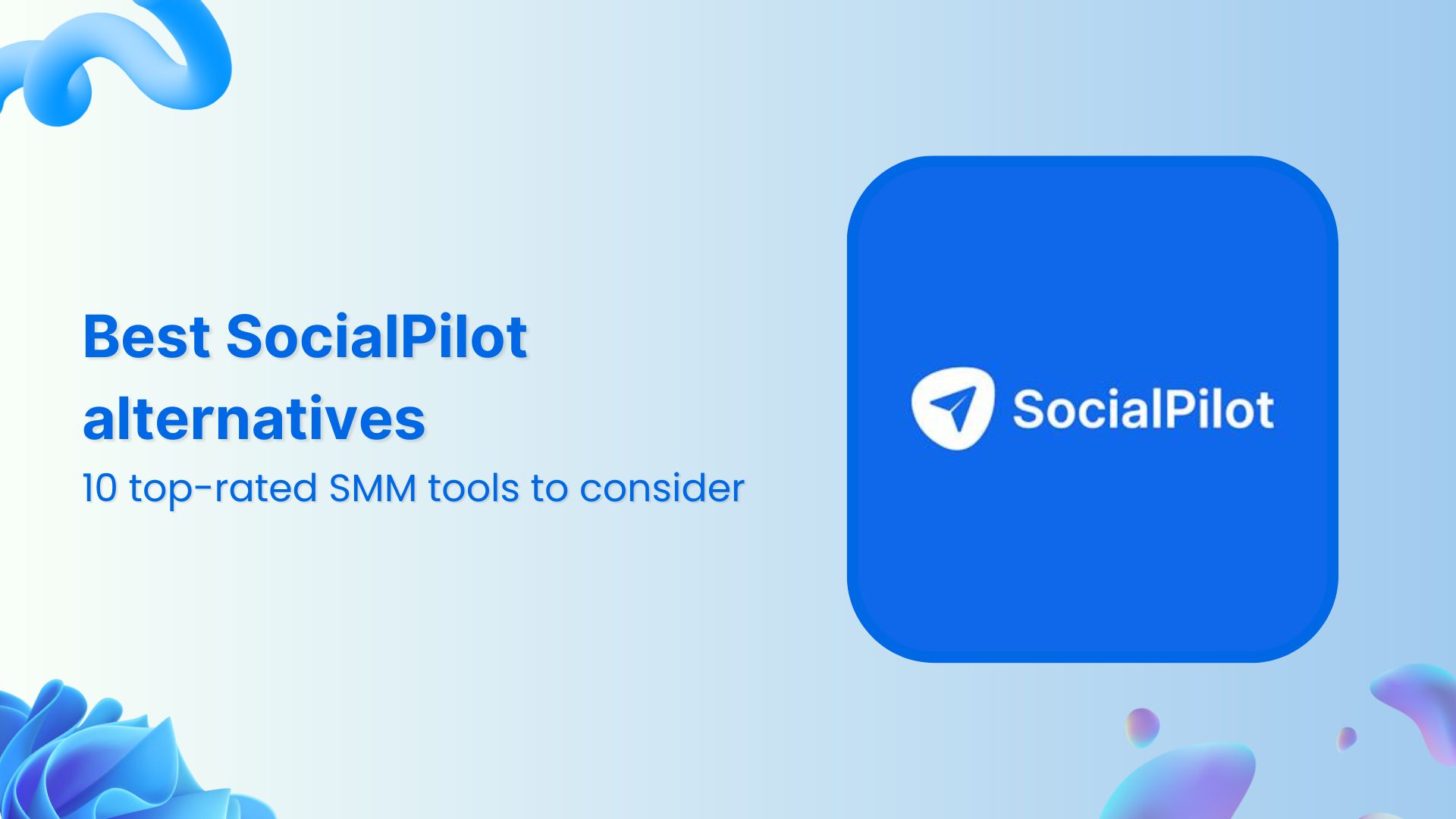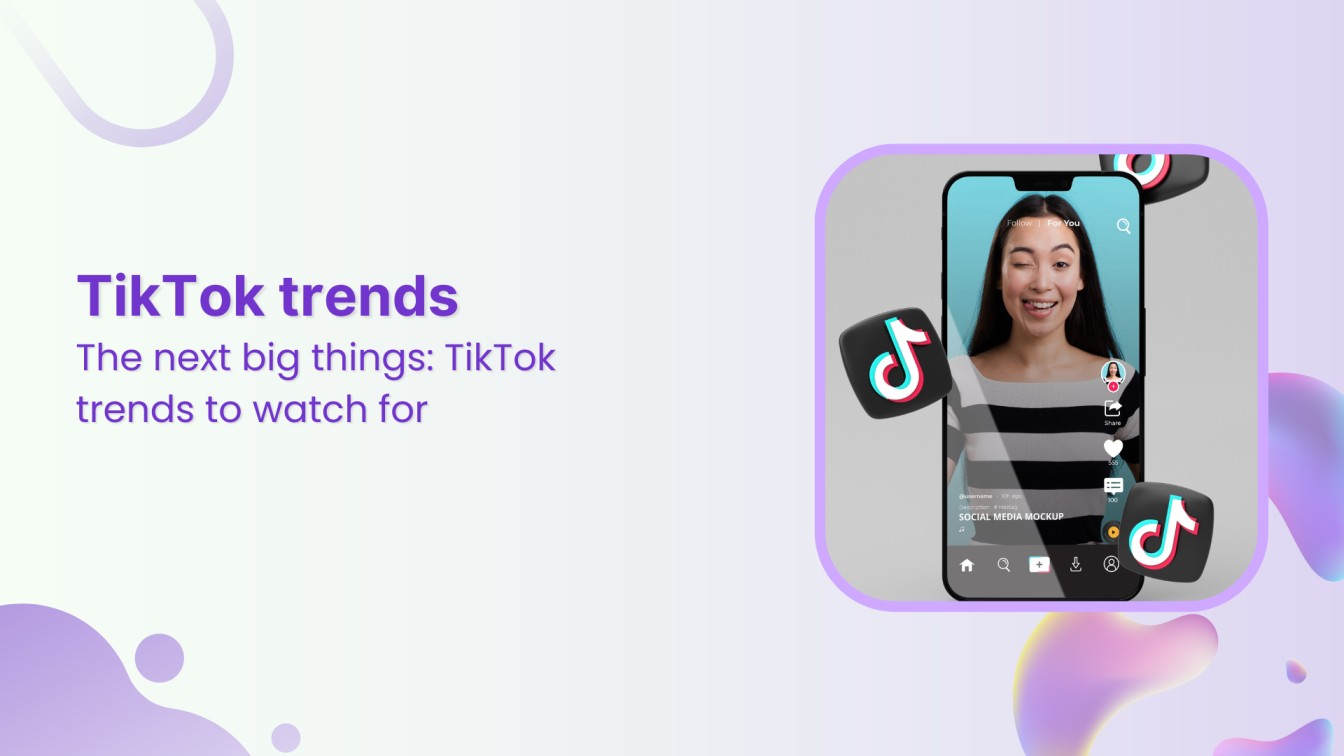When it comes to Twitter, several folks mistake it for another platform where they can ramble on and on about their products or services. However, when that approach doesn’t yield anything, they put the network aside, tagging it as fruitless in terms of attracting customers.
Those are not the results that others reap though. You see, the little blue bird hasn’t died yet. In fact, it’s still flying, and there’s no reason why you shouldn’t tap into its potential.
In his podcast, Gary Vaynerchuk opened up on how he landed a large B2B client for his revenue ad agency. Picking up on the story, Morgan Tate shared how he also converted one of his inactive deals into an active one via Twitter. Moreover, multiple freelancers agree that numerous clients have discovered them on the same network.
Let’s pick one of these solopreneurs as an example. I talked to Ryan Robinson, content marketing consultant and writer who also teaches people about setting up and running a profitable blog.
He shared, “Twitter’s always been most impactful for me as a place to build community, engage with my readers one-on-one, and connect with others in my space. Several course students and at least two former consulting clients originally discovered me on Twitter.”
So, how are these folks doing it?
Isn’t Twitter dead or isn’t it the place where you just talk to yourself as the myths go? Statistically speaking, there are 326 million active Twitter accounts that send out over 500 million tweets in a day. How in the world is this crowded space ever going to help you? Think pull marketing and long-term benefits.
Let’s dive in.
Getting the numbers out of the way
The Twitterverse is still far from its lights-out moment. It’s an interaction-driven sphere with tons of users. Here are some interesting statistics:
- 66% of Twitter users use it at least weekly (Pew Research)
- 36% of the businesses that use Twitter have generated leads (Hubspot)
- 93% of the folks plan to purchase from the small- and medium-sized businesses they follow (Customer Insights Report from Twitter)
The bottom line is pretty simple. The network is thriving with users, and there’s no reason why you shouldn’t use it to your advantage. However, that doesn’t mean that you will get a new client the moment you sign up and prepare a salesy-tweet.
The reasoning is simple – Twitter is a great place for networking and marketing your service(s). It is not a network to shove your services into people’s faces though. So, there’s little that using Twitter as a sales channel would reap.
Here are four ways that I’ve found Twitter to be useful for freelancers and solopreneurs:
1. Personal branding – putting yourself out there
You are a solopreneur or a freelancer. Yes. But you also have a personality, so show it off strategically as part of your branding plan. It’s much like preferring brands with a personality over smug-faced ones who are all about money-making.
Sure, both the kinds of brands need to make money, which is why they are in business. But did you know that 86% of the respondents of a Sprout Social study agreed that they prefer an honest and authentic brand personality?
This applies to freelancers and solopreneurs too. For one, showing your personality helps establish you and your business as an authentic entity. Secondly, the content that you share on Twitter can help showcase you as an authority in your field.
So, that’s – authentic and authoritative – two birds down with one stone.
Another plus point, personal branding helps attract clients. A survey by Kredible confirms that 52% of the vendors confessed they had lost business due to the information that clients found about them or didn’t find at all.
Twitter serves as a channel that exhibits your personal brand. You can direct the content that you share alongside controlling the flavors of your personality that pop up. Take your brand’s voice as an example here.
You can be friendly but professional or professional with a hint of humor. For instance, Andrew and Pete, content marketing duo and podcasters among other things, adopt a light, chatty tone with a touch of humor. Here’s an example:



2. Marketing – bringing your services or products into focus
When it comes to Twitter, the marketing strategy adopts a lighter tone with a minimal and timely focus on push marketing. Push marketing demands your customer to take action immediately. It is short-term and is applicable in specific events such as the Black Friday sale.
In such instances, you can tweet about your offers, provided your audience is interested in them. However, that’s not the marketing strategy which can form the bedrock of your regular tweets. Instead, you need to shine the spotlight on pull marketing, which is synonymous with long-term planning.
Don’t expect clients to buy or avail your service simply. Instead, you are to understand the client and shape your sales strategy accordingly. In simple words, work on nurturing relationships with potential clients before expecting them to spend their money on your product or service.
What’s more, there’s another golden tip to ace at your Twitter game – provide valuable content. In an article on Entrepreneur.com, Claire Bahn, CEO of Online Profile Pros, remarked about the value of excellent content.
He said, “It’s always a plus when someone finds content that demonstrates your expertise, interests and capabilities. If someone finds a blog, pulse post, etc. that shows you’re an effective communicator, they’re much more likely to look into you further.”
Lesson learned – share your work mixed in with other content in your field. Be careful about the balance between promotional and engagement posts. Try aiming for the three-to-one social media posts ratio where you can make one promotional tweet after every three engagement posts.
Alternatively, you can try the 5:3:2 rule for social media posting where you make five tweets of relevant content, three tweets about the content that you’ve created, and two tweets that are fun and humanize your brand.
3. Networking – connecting with your peers and potential clients
If you’re looking to dip your toes into online networking, then Twitter is one of the best places to connect with your potential clients and peers. Although it is a noisy platform, you can always connect by engaging with others, not by adopting the “I-follow-you-follow-me” approach.
In my chat with Robinson, he also agreed to using Twitter for networking and engaging. He mentioned, “When I take the time to interact with people on Twitter, I do always walk away with new friendships—sometimes ones that can last years.”
A key pointer to keep in mind here is that while numbers may look attractive like shiny sequins catching your eye, Twitter is not a numbers game. In fact, it emphasizes quality over quantity.
One simple way to find out how engaging a person is to view his ‘likes’ or ‘tweets and replies’ instead of ‘followers’ and ‘following’ columns on the dashboard. An interactive user will always have a rocketing number in the ‘likes’ section. There’s no point of having 14.4K followers if you’re not engaging with them.
4. Professional development – learning more about your field
As solopreneurs, we run one-man shows. Naturally, we are pressed for time and our funds are channeled into various business aspects. This may leave some with limited cash to invest in professional development.
However, Twitter earns credit here as it encourages professional development too. By engaging with your peers, not only do you discuss your opinions but you can also learn from them. On top of that, there’s a lot that you can grasp by jumping into a Twitter chat in your field.
For instance, solopreneurs can join chats such as:
- #BizHeroes hosted by Paper.li on Tuesdays at 2 pm ET
- #SocialROI hosted by ManageFlitter on Tuesdays 5 pm ET
- #SoloBizHour hosted by MeetEdgar on Wednesdays at 4 pm ET
Similarly, freelancers can join chats like:
- #ContentChat hosted by Erika Heald on Mondays at 3 pm ET
- #ContentClubUK hosted by a different freelancer every Tuesday at 11 am GMT
- #FreelanceChat hosted by Michelle Garrett on Thursdays at 12 pm ET
Each chat touches base with different topics that can multiply your knowledge. On top of the insight that you gain from these one-hour chats, you can also connect with interesting people, both within your field and outside.
humor. Here’s an example:



To keep it simple, you can learn, share your expertise (consequently develop yourself as an authority), and connect with other people via twitter chats. All this sums up to substantial professional development.
Moving forward – Some helpful tips for new Twitter users
Joining a new social network can always be overwhelming. You don’t want to come across as someone utterly alien to the channel, following Facebook tactics on Twitter. Here are some tips that can help smoothen your solopreneur journey on Twitter:
If you are only just beginning:
- Select a sensible name for your Twitter profile. It’s best to stick with your name along with your brand’s name as your twitter handle
- Add a succinct description of what you do. Use hashtags in your description as well
- Use a clear headshot and a cover photo that summarizes what you do
Gathering followers and creating engagement:
- Follow people in your field and engage with them, leaving genuine comments on the content they share
- Only retweet things you agree with as your profile mirrors your brand personality
- Share your thoughts when you retweet by opting for ‘retweet with a comment’
Don’t just set and forget:
- Don’t send out automated “thank you for your follow, I do X and Y…” messages to your new followers
- Spend time on the network, for example, by replying to people’s mentions and participating in Twitter chats
- Don’t set your automation tool to tweet during prominent Twitter chat hours
Some other pointers:
- Use the pinned post to your advantage for sharing something important such as your latest blog post, client testimonial, new products or so
- Use GIFs and emojis to add life to your content
- Use images in your tweets as they are 34% more likely to get retweets than tweets with no images
Summing up
Let’s wrap this up with what Jeffrey Gitomer stresses on – people love to buy but they don’t like to be sold to. Use this as your chief objective as you navigate through Twitter. Focus on putting your services or products forward without presenting them in a sales-y format.
Instead, offer value with every tweet you make. Side by side, focus on cultivating relationships with your potential customers and peers. Not to forget, participate in a Twitter chat or two and gain significant insight into your field.
Author Bio: Masooma Memon is a pizza-loving freelance writer by day and a novel nerd by night. She crafts research-backed blog posts and articles for small businesses and app companies who aim to employ quality content to educate and engage with their audience. You can read her thoughts on her blog or connect with her on Twitter and LinkedIn.
Masooma Memon
Masooma Memon is a pizza-loving freelance writer by day and a novel nerd by night. She crafts research-backed blog posts and articles for small businesses and app companies who aim to employ quality content to educate and engage with their audience.






